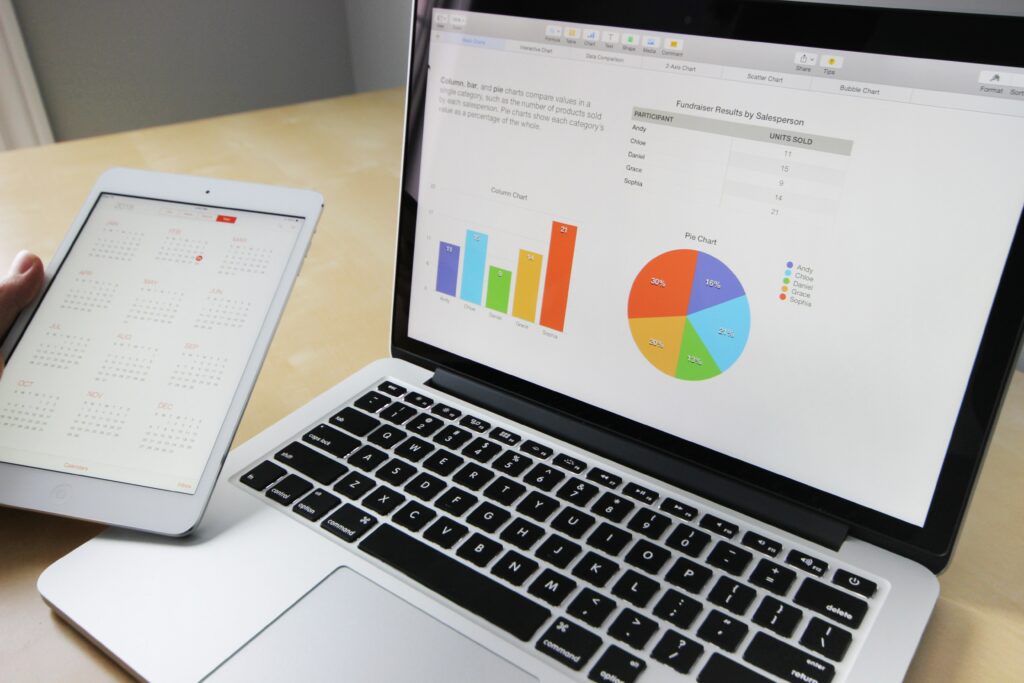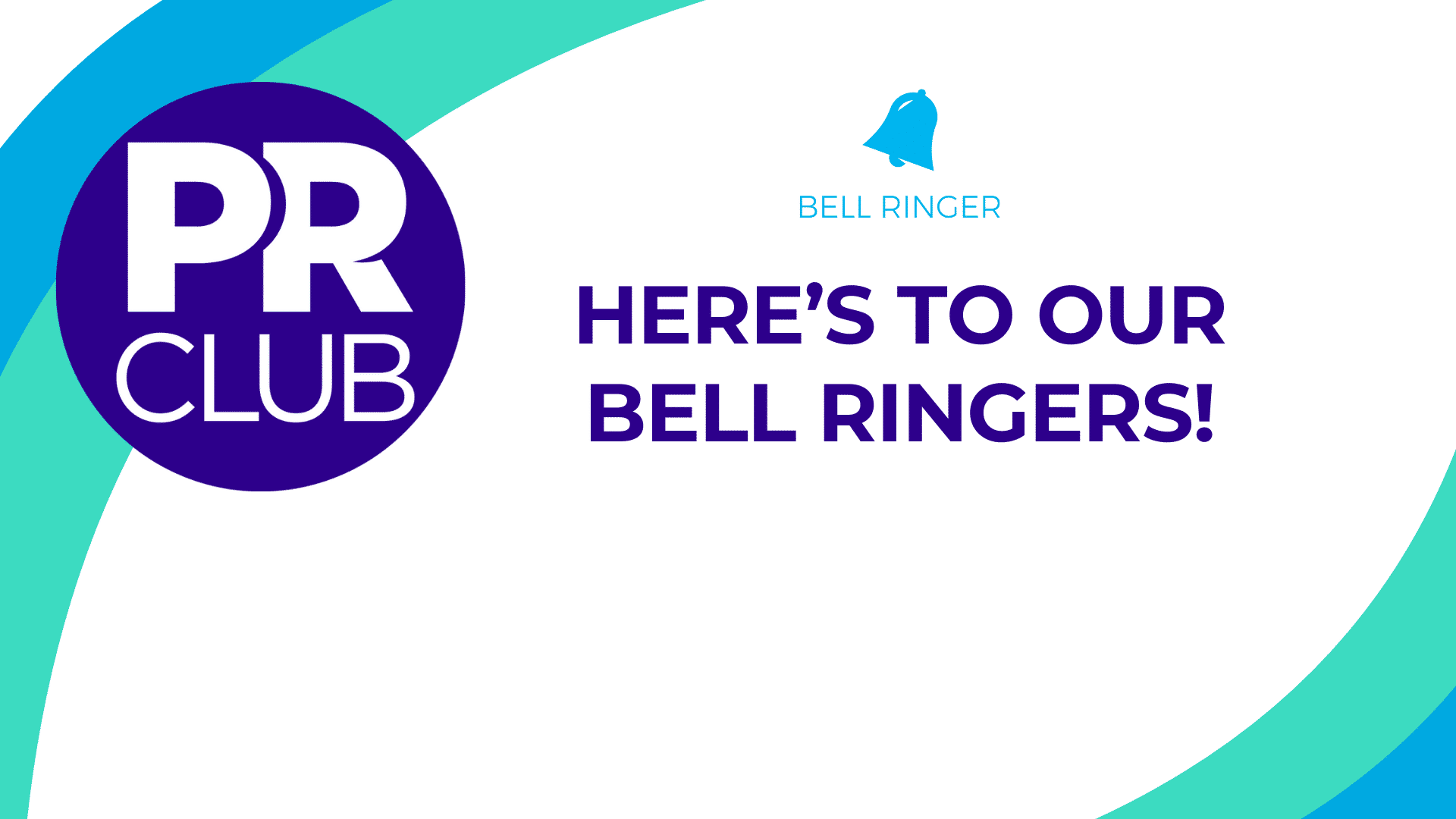As consumers, we often gravitate towards content that includes data as a point of validation. Do individuals my age prefer this brand? And how would they rate their satisfaction with it?
So as communicators, why wouldn’t we try to infuse data into our storytelling? It’s an incredibly powerful asset that can enhance writing and media engagements. Reporters often request data points that support trend stories, which creates ample opportunity for companies with proprietary, survey, or third-party data that can be shared publicly.
Here’s how to effectively infuse data in your communications initiatives to up-level your brand’s storytelling.
Tapping Into Platform Data
Some brands have the power to offer insights based on their product and customer behavior. Perhaps their platform can tell them how consumers react to certain types of ads or examples of how B2B companies are applying software to solve critical business issues. This type of data can be used to infiltrate timely and anticipated stories or trend-jack breaking news coverage. It can also be used to create compelling content assets, like infographics or unique landing pages, that illustrate what these data points mean to different buyer audiences.
Creating Your Own Data
For brands unable to tap into their own platforms to provide insights, issuing surveys can be an effective alternative. When developing a survey report, companies should consider the types of headlines they’d like to see the survey generate—and then work backward to develop the right set of questions.
Once the survey is fielded and the findings analyzed, the results can be announced via a press release (giving another news opportunity for the brand) and in a branded report that can be used to support demand gen. Similar to proprietary data, surveys can create media opportunities centered around the initial announcement, as well as a tailwind effect, as the data can be referenced in future trend stories or content assets.
Leveraging Third-Party Data
Using data to enhance storytelling can also mean tapping into third-party sources, like analyst and consulting firms. Institutions like Brookings will issue annual reports tied to trending topics (e.g., the future of work), onto which reporters often latch. Monitoring for report launches can create issues response opportunities for brands that have unique perspectives on the trends these firms are analyzing. Upon publication, companies can reach out to reporters who cover those topics to offer their take on what the reports are detailing.
Pro tip for PR pros: create a “Stats Sheet” that houses the most relevant and compelling third-party data points from each of these reports that your communications team can refer to throughout the year for other campaigns and content assets.
Ultimately, data adds a level of credibility to communications initiatives, giving something tangible that audiences can latch onto. It’s the secret sauce that can take an ordinary campaign and turn it into a business press-worthy story or transform a blog into a high-click-thru-rate asset.
This article was written by Nicole Metro, VP at V2 Communications. If you’re interested in learning about what other strategies should be in your communications toolkit, download a copy of the V2 Communications eBook.




